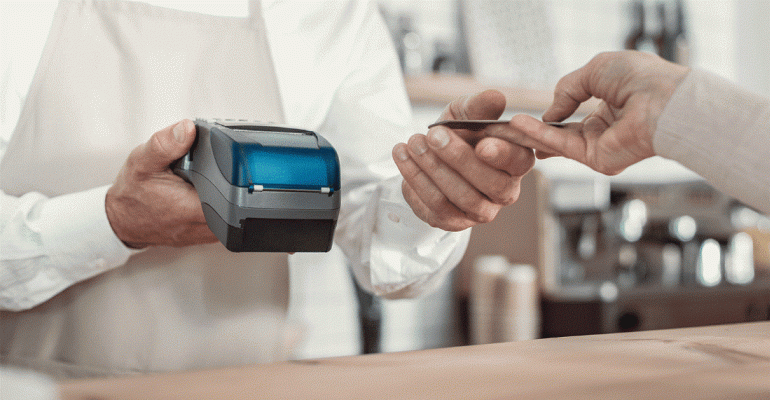Earlier this week, we wrote about relentless inflation impacting both consumers and operators. Data released by the U.S. Commerce Department on Wednesday, however, shows that consumers are more resilient than perhaps anyone would have predicted in such a pressured environment.
The department’s January report showed that retail sales rose a seasonally adjusted 3% in January versus a month earlier – remarkable considering holiday shopping patterns in December. January’s increase comes on the heels of two months of declines and was registered across most retail categories. It also marks the highest one-month increase since March 2021, when stimulus checks hit mailboxes. Spending was particularly robust at restaurants, up 7.2% versus December and up more than 25% versus the same period last year, when consumers were grappling with anxiety about the Omicron variant. Notably, the Commerce Department’s report isn’t adjusted for inflation, so it doesn’t take into account the 8.2% increase in menu prices year-over-year.
However, preliminary data from the U.S. Census Bureau released by the National Restaurant Association shows that eating and drinking places registered total sales of $95.5 billion on a seasonally adjusted basis in January – up from about $89 billion in both November and December, when menu prices were consistent to what they are now. There are a few factors to consider with these numbers – namely, sales at eating and drinking places declined by 4.4% between December 2022 and January 2023 in unadjusted terms. However, that was only about half of the typical December-to-January decline, the association notes. Otherwise, the association’s chief economist Bruce Grindy states that “beyond the statistical quirks, January was still a positive sales month for the restaurant industry.”
These federal reports are mirrored elsewhere. Mastercard’s latest SpendingPulse reportv, for instance, shows that restaurant spending was 24.2% higher in January versus January 2022. The company notes this is part of a broader shift of consumer spending on services.
In addition to lapping the Omicron era, a robust jobs report with the unemployment rate at a 53-year low also contributed to a surprisingly strong January for restaurants. In a statement, Michelle Meyer, North America chief economist at the Mastercard Economics Institute, said the strength in the labor market “remains a critical support for consumer purchasing power.” Further, while inflation remains significantly higher than pre-pandemic levels, it has continued to cool from its 41-year high in June. Another factor that is likely contributing positively to restaurant spending trends? Grocery inflation continues to outpace restaurant inflation by nearly four percentage points. As such, grocery spending in January was flat, according to the Commerce Department’s data.
“Moving forward, consumers are expected to remain resilient in the coming months, even in the face of an economy that is likely to slow,” Grindy writes. “Healthy household balance sheets, a buoyant labor market and moderating inflation will give consumers the wherewithal to continue burning off the pent-up demand that they accumulated during the pandemic.”
So while there is some trade down activity happening, consumers are continuing to get their meals at restaurants. Such resilient consumer activity has been reported by some public restaurant companies thus far in this latest earnings go-round. McDonald’s CEO Chris Kemczinski, for instance, said, “Overall, the consumer is actually holding up better than what we would have probably expected a year or six months ago.”
Denny’s CEO Kelli Valade said this week that checks at her concept are “holding ... And we’re seeing the incidence where the mix goes up a little to a place where we feel really good about.” Josh Charlesworth, global president and COO of the inarguably indulgent brand Krispy Kreme said, “The evidence so far would say that there’s no sort of change in our consumer’s behavior.”
That restaurants are benefitting from a confident consumer is no doubt good news. That restaurants are the target of continued pent-up demand is also good news. But there are some red flags to watch for that could weaken the bull on a dime. First, the number of Americans living paycheck to paycheck is near a historic high of 63%, according to LendingClub. Further, nearly 60% of Americans don’t have enough savings to cover an unplanned $500 expense, according to Bankrate.
And – despite historically favorable employment levels – consumers’ credit card debt reached a record $930.6 billion in Q4, as more consumers borrow to pay for both indulgences and necessities. According to TransUnion data, the total number of credit cards opened is now at a record 518.4 million. In other words, while consumers are spending vigorously at restaurants, many of them might be doing so beyond their means and that is unsustainable.
Contact Alicia Kelso at [email protected]





